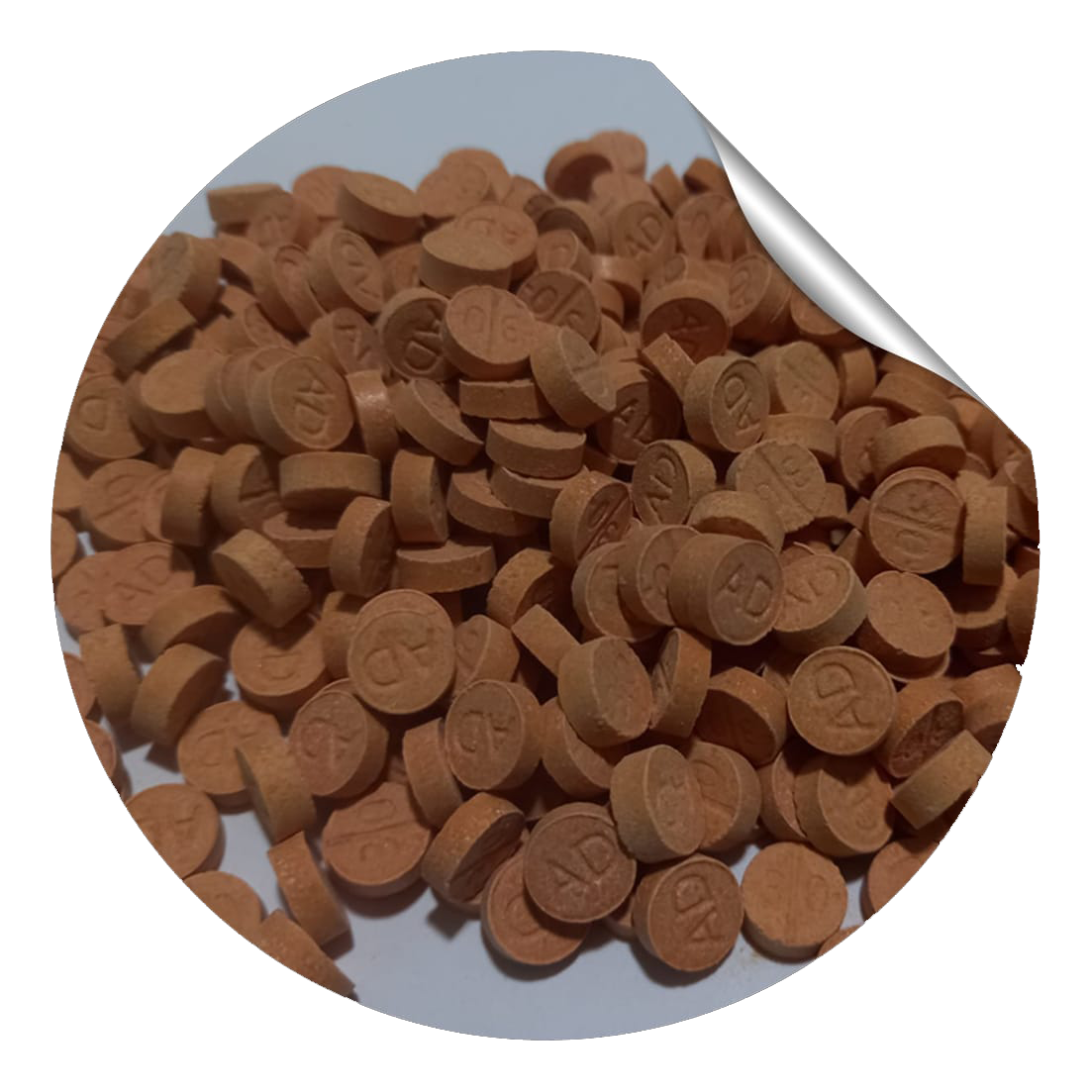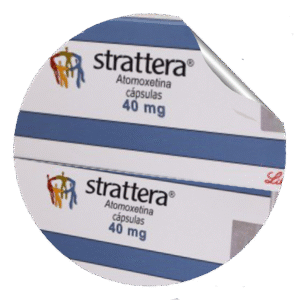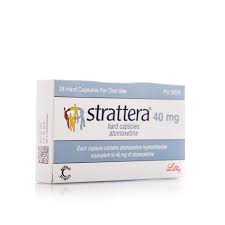Description
🔹 General Overview
-
Brand Name: Adderall
-
Generic Name: Mixed amphetamine salts (amphetamine aspartate monohydrate, amphetamine sulfate, dextroamphetamine saccharate, and dextroamphetamine sulfate)
-
Drug Class: Central Nervous System (CNS) stimulant
-
Controlled Substance: Schedule II (U.S.) — High potential for abuse and dependence
🔹 Composition (What Adderall Is Made Of)
Adderall contains four salts of amphetamine, providing a mix of equal parts dextroamphetamine and levoamphetamine. This combination provides both immediate and sustained stimulant effects.
Amphetamine salts in Adderall:
-
Dextroamphetamine sulfate
-
Amphetamine sulfate
-
Dextroamphetamine saccharate
-
Amphetamine aspartate monohydrate
Together, they provide a balanced 75% dextroamphetamine and 25% levoamphetamine ratio.
🔹 Available Formulations
| Form | Brand Name | Duration | Description |
|---|---|---|---|
| Immediate-release (IR) | Adderall | 4–6 hours | Typically taken 1–3 times a day |
| Extended-release (XR) | Adderall XR | Up to 12 hours | Taken once daily; capsules can be opened and sprinkled on food |
🔹 Mechanism of Action
Adderall stimulates the CNS by:
-
Increasing the release of dopamine and norepinephrine
-
Inhibiting their reuptake in the brain
This enhances alertness, attention, energy levels, and impulse control—key for treating ADHD.
🔹 Uses
✅ FDA-Approved Uses:
-
Attention Deficit Hyperactivity Disorder (ADHD) – in children (age 3+) and adults
-
Narcolepsy – a sleep disorder causing excessive daytime sleepiness
🔹 Off-Label Uses (with caution):
-
Treatment-resistant depression (in combination with other meds)
-
Cognitive enhancement (non-medical use, which is not recommended or legal)
🔹 Common Side Effects
-
Insomnia
-
Decreased appetite
-
Dry mouth
-
Headache
-
Increased heart rate or blood pressure
-
Anxiety or nervousness
-
Weight loss
🔹 Serious Side Effects
-
Cardiovascular risks: Hypertension, palpitations, chest pain, risk of sudden cardiac events (especially in people with heart problems)
-
Psychiatric effects: Psychosis, aggression, mania, especially in those with underlying disorders
-
Dependency and abuse potential
-
Growth suppression in children with long-term use
🔹 Warnings and Precautions
-
Black Box Warning (U.S.): High potential for abuse and dependence.
-
Avoid use in individuals with:
-
Heart disease
-
Hyperthyroidism
-
Glaucoma
-
History of drug abuse
-
Severe anxiety or agitation
-
-
Interactions with MAO inhibitors, antidepressants, and other stimulants can be dangerous.
🔹 Withdrawal Symptoms
-
Fatigue
-
Depression
-
Sleep disturbances
-
Intense craving
Withdrawal is more common after long-term high-dose use and should be managed medically.
🔹 Legal and Regulatory Status
-
Schedule II (U.S.): Strictly controlled due to abuse potential.
-
Requires a new prescription each month (no refills).
-
Not legally available without a valid prescription.
🔹 Alternatives
-
Stimulants: Ritalin (methylphenidate), Vyvanse (lisdexamfetamine), Concerta
-
Non-stimulants: Atomoxetine (Strattera), Guanfacine, Clonidine
🔄 Summary Table
| Feature | Adderall Details |
|---|---|
| Type | CNS stimulant |
| Composition | Mixed amphetamine salts (4 types) |
| Main Uses | ADHD, narcolepsy |
| Forms | IR and XR capsules |
| Legal Status | Schedule II (U.S.) |
| Risk | High potential for abuse, dependence, side effects |
| Typical Onset | IR: ~30–60 min; XR: ~1–2 hours |
Let me know if you’d like a comparison with other ADHD meds (like Vyvanse or Ritalin), or guidance on dosing, tapering, or managing side effects.
Additional information
| Dosage | |
|---|---|
| Quantity | 120 Pills, 180 Pills, 30 Pills, 60 Pills, 90 Pills |
Only logged in customers who have purchased this product may leave a review.







Reviews
There are no reviews yet.